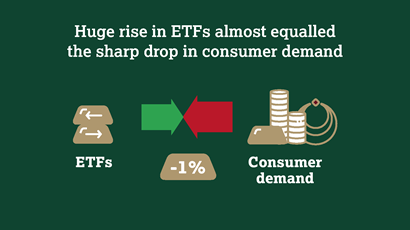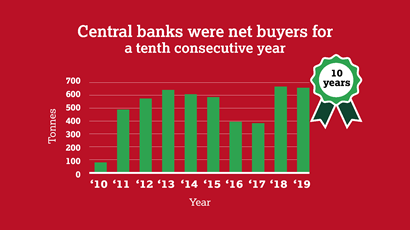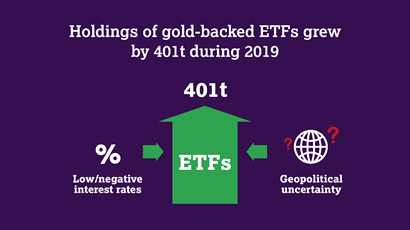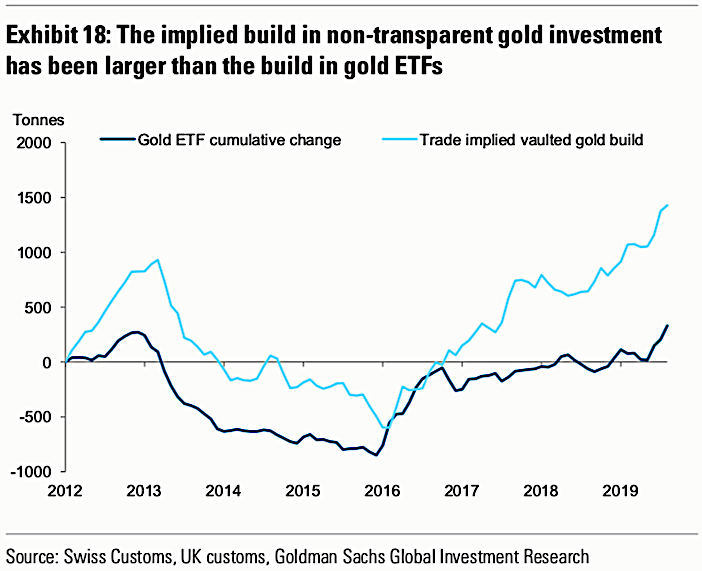Hedge Funds In Longest Rout Since Global Recession
Hedge funds curbed bullish bets on commodities for a third consecutive month, the longest retreat since the global recession, as Europe’s worsening debt crisis and slowing U.S. job growth sent prices tumbling.
Money managers reduced net-long positions across 18 U.S. futures and options by 8.1 percent to 620,715 contracts in the week ended May 29, extending the monthly decline to 26 percent, Commodity Futures Trading Commission data show. Speculators are now the most bearish since the start of year on copper, oil, heating oil, corn, gold and silver. The Standard & Poor’s GSCI Spot Index of 24 raw materials slumped 13 percent in May.
June 4 (Bloomberg) -- Juerg Kiener, chief investment officer at Swiss Asia Capital Ltd. in Singapore, talks about the outlook for commodity markets. Gold declined after rising the most in more than three years as some investors sold the metal to raise cash following losses in equities and other commodities. Kiener speaks with Rishaad Salamat on Bloomberg Television's "On the Move Asia." (Source: Bloomberg)
The euro fell to a 23-month low against the dollar June 1 after the European Central Bank rejected a plan to recapitalize Bankia group, Spain’s third-largest lender. The region’s manufacturing fell to a three-year low, and unemployment reached a record 11 percent, reports showed. Europe accounts for 18 percent of copper and wheat demand. The U.S., the world’s biggest oil and natural-gas consumer, said last week that employers added the fewest workers in a year in May.
“Commodities are continuing to take a beating in light of global macro uncertainties,” said Chad Morganlander, a Florham Park, New Jersey-based money manager at Stifel Nicolaus & Co., which oversees more than $115 billion. Europe has “thrown a wet blanket on speculators’ desire to hold risk,” he said.
Plunging Prices
Speculators reduced their net-long position by 47 percent since the end of February, the longest slump since a four-month retreat ending in October 2008. Commodity prices fell 61 percent in the seven months through January 2009 as the global economy contended with its worst recession since World War II.
The S&P GSCI fell 6.4 percent last week, the most since September. The MSCI All-Country World Index of equities dropped 2.7 percent, while the dollar rose 0.6 percent against a basket of six major currencies, the fifth consecutive gain. Treasuries returned 1.35 percent, a Bank of America Corp. index shows.
Twenty of the materials tracked by the S&P GSCI declined last week. Crude oil tumbled 8.4 percent and reached the lowest price in almost eight months, while cotton slumped to a 27-month low. Nickel led the declines in base metals, dropping 5.6 percent. Wheat dropped 10 percent even as hedge funds became the most bullish since June 2011. Crude extended its slump today, falling 0.8 percent to $82.53 a barrel.
A gauge of manufacturing within the 17 nations that use the euro contracted for a 10th month, dropping in May to 45.1, the lowest since mid-2009, compared with 45.9 in April, London-based Markit Economics said June 1. The European Union said June 1 that Spain’s unemployment rate was the highest in the trade bloc at 24.3 percent in April.
Slow Growth
In the U.S., the world’s largest economy, the Labor Department said June 1 that payrolls climbed by 69,000 last month, less than the most-pessimistic forecast in a Bloomberg survey. The unemployment rate unexpectedly rose to 8.2 percent from 8.1 percent. Treasuries rallied, driving 10-year yields below 1.5 percent for the first time.
“When there’s concern about the global economy, you’re not going to be rushing into commodities, and end-users are going to be more cautious about buying,” said Adrian Day, the president of Adrian Day Asset Management in Annapolis, Maryland, who oversees about $170 million of assets. “People are selling because they’re looking for liquidity and they’re nervous about the global economic outlook.”
Commodities may rebound should governments take further steps to revive economic growth, said Jason Votruba, the co- manager for small-cap equities at Scout Investment Advisors in Kansas City, Missouri, which manages about $22 billion.
‘Coordinated Effort’
“We will get some sort of rebound in the second half of the year,” Votruba said. “This is tied to global macroeconomic concerns, and we’re going to see a coordinated effort by governments to focus on getting global growth going in the right direction, and that will drive commodities higher.”
The U.S. jobs report last week “does change the game” for the Federal Reserve, said John Silvia, the chief economist at Wells Fargo & Co. in Charlotte, North Carolina. The central bank may consider new stimulus at its June 20 meeting, said Dean Maki, the chief U.S. economist at Barclays Plc in New York and a former Fed economist.
Bullish gold bets were little changed at 77,325 contracts, close to the lowest since December 2008, CFTC data show. Gold futures rallied 3.2 percent last week to $1,622.10 an ounce on the Comex in New York, on renewed concern that further steps by the Fed to spur growth will accelerate inflation and boost demand for the metal as a hedge.
Money Flows
Investors added $510.2 million into commodity funds in the week ended May 30, according to data from Cambridge, Massachusetts-based EPFR Global, which tracks money flows. That’s the first inflow in six weeks, said Brad Durham, a managing director for EPFR. Investors seeking a haven investment put money mostly into gold and silver, he said.
“Investors are running scared,” Durham said by telephone. “They’ve lost faith in equities and lost faith in anything that’s so-called higher risk. The money has to go somewhere. The general comfort level with holding cash is pretty low.”
Speculators cut their net-long position in crude for a fourth week, down 0.1 percent to 136,584 contracts, the lowest since September 2010, CFTC data show. Prices tumbled as low as $82.29 a barrel last week on the New York Mercantile Exchange, the lowest since Oct. 7.
Copper futures fell 3.9 percent last week, touching $3.30 a pound on the Comex in New York, the lowest for a most-active contract since Dec. 20. The metal has dropped 21 percent in the past year. Speculators more than doubled their bets on lower copper prices last week to 6,757 contracts, the most bearish since Nov. 29, CFTC data showed.
China Manufacturing
China’s Purchasing Managers’ Index fell to 50.4 last month from 53.3 in April, the statistics bureau and logistics federation said June 1 in Beijing. Economic growth in China may slow for a sixth straight quarter to 7.9 percent in the three months that end June 30, according to the median of estimates from 21 economists in a Bloomberg survey.
A measure of net-long positions in 11 U.S. farm goods fell 11 percent to 389,702 contracts, the CFTC said. Bullish holdings have dropped 47 percent in the past 10 weeks.
Corn holdings plunged 44 percent to 61,493 contracts, the fewest since June 2010, CFTC data show. Prices tumbled to an 18- month low of $5.51 a bushel on the CBOT.
“Commodities are falling because folks are downgrading growth and supply expectations,” said Mihir Worah, who manages Pacific Investment Management Co.’s $22 billion Commodity Real Return Strategy Fund from Newport Beach, California. There’s “a general desire to avoid risky or volatile assets, given all the uncertainties in Europe,” he wrote in an e-mail.
To contact the reporter on this story: Tony C. Dreibus in Chicago at tdreibus@bloomberg.net
Hedge Funds in Longest Rout Since Global Recession - Bloomberg
The MasterMetals Blog









